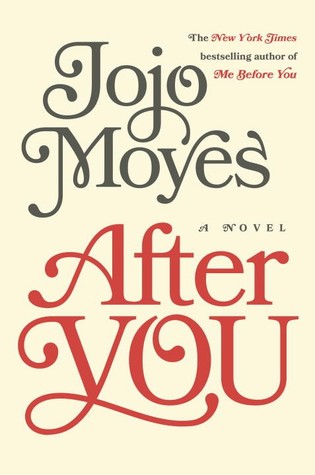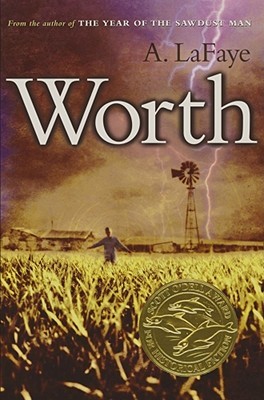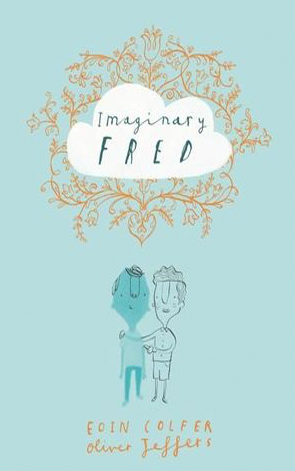I received this book for free from the library in exchange for an honest review. This does not affect my opinion of the book or the content of my review.

The Girl With No Shadow
by
Joanne Harris
literature in Hardcover edition that was published by William Morrow on April 8, 2008 and has 444 pages.
Explore it on Goodreads or Amazon
Other books by this author which I have reviewed include Peaches for Father Francis, Chocolat, Doctor Who: The Loneliness of the Long-Distance Time Traveller (Time Trips)
Second in the Chocolat fictional series about Vianne Rocher and her little family. It’s alternate title is The Lollipop Shoes.
Yes, you must read this one before you read Peaches for Father Francis, 3.
My Take
It’s a combination lesson on identity theft and being true to yourself. Whether young or old, told from three different perspectives in first person point-of-view (POV) with different chapters for each. Annie has her say while Zozie crows and considers. When it’s Yanne’s turn, she worries and reflects.
I don’t object to the variety of voices, I do, however, object to Harris making it so difficult for us to figure out whose perspective we’re reading.
I loved the Advent house Zozie and Annie created. On the surface it was a beautiful idea while below the surface…such turbulence and desire.
The Girl With No Shadow is not a favorite of mine, partly because I read the third in this series before I read this one. I should know better. I should always check to see if an author’s book falls within a series. But I hadn’t. And knowing what happened in Peaches for Father Francis colored my knowledge of how this book would end. It took some of the suspense away.
Their history from the moment they left Lansquenet-sous-Tannes to this time in Paris is slowly revealed, as the wind tumbles and pushes them along. A journey that pushes and pokes at Vianne, influencing her to leave the magic behind, to become colorless, average people at whom no one would look askance. No one would judge or pursue.
The only pursuit became one for conformity in direct opposition to the pursuit of “secrets, small treacheries, acquisition, inquisition, thefts both petty and grandiose, lies, damn lies, prevarications, hidden depths, still waters, cloaks and daggers, secret doors, clandestine meetings, holes, and corners”, and more.
It’s Anouk’s belief that she must conform to succeed at school, this at a time when puberty is causing her to pull back and question everything while Vianne fears the evils of the world, the Black Man, the lack of security. Fears it so much she’s willing to deny herself and ignore her children.
Meanwhile Zozie arrives and upsets the caramel cart, subconsciously reminding Vianne of the old days in Lansquenet, days of joy and helping people and sharing a parallel childhood experience with Annie. Harris keeps us teetering between applause and disgust as Zozie advances and retreats in our thoughts. Temptation in bright colors and a faux understanding.
The Story
It’s who-knows — I suspect she doesn’t even remember her name — sneaking about, looking for another life to take over. Her latest? The dowdy, conservative Françoise Lavery, an English teacher at the Lycée Rousseau, who’s about to become the flamboyant, free-spirited Zozie de l’Alba.
A sly Zozie who worms her way into the hearts of the Rocher/Charbonneau family, enticing buyers, enlivening the shoppe, inciting Anouk. Anxious to learn Yanne’s secrets and take over her life.
It’s everything good and bad about life: struggling to make a living, wanting to be accepted whether it’s in the world or at school. The hope that if one arranges things just so that nothing bad will happen. The threat of the insecure to unbalance the different.
The Characters
Vianne Rocher is now Yanne Charbonneau while Anouk has become Annie, a.k.a., Nanou, but Pantoufle is still Pantoufle and Bam has joined them. Annie attends the Lycée Jules Renard and has few friends. Rosette is Vianne’s artistic four-year-old, Roux’s daughter. Slow to speak, but quick to understand. Jeanne Rocher was her mother.
Roux is a river rat, traveling by boat as the wind takes him. The conservative Thierry Le Tresser is middle-aged with a son, and divorced. He owns the building that Madame Poussin’s café was in, and Vianne has excellent reason to believe that her landlord will allow her to stay.
Zozie de l’Alba is a con woman and a witch. She takes peoples’ lives, sometimes literally, all in the search for adventure and excitement. Scott McKenzie was the catalyst for Zozie’s transition.
The regulars at Le Rocher de Montmartre include:
Laurent Pinson, a tightwad who owns P’tit Pinson, a café-bar, where Zozie goes to work. Madame Hermie Pinot sells postcards and religious items. Madame Isabelle Luzeron and her peach-colored dog visit a cemetery every week. The unlikely duo: the dieting Alice and the fat, jolly Nico. Paupaul and Jean-Louis are the artists of the square while Richard and Mathurin are the Le P’tit Pinson refugees.
Annie’s schoolmates include:
Suzanne, Chantal, Lucie, Sandrine, Danielle, and Sophie form the mean girls clique. Jean-Loup Rimbault is a boy Annie likes, and he’s fascinated by cameras. Those who are targets include Claude Meunier who stutters, the fat Mathilde Chagrin, and the scarv’d Muslim girls.
Madame Marie-Louise Poussin had a small café and hired Vianne to help run it. Paul and Framboise run the crêperie in Les Laveuses. Père Leblanc is the nosy priest.
The Kindly Ones are the Furies whose prime purpose is vengeance against humans who do wrong and manifest sometimes as the Black Man, the Wicked Witch, the Pied Piper, the Winter Queen, or Mictecacihuatl.
Sylviane Caillou was 18 months old when she was kidnapped, and her mother Madame Michèle Caillou has been so lonely for so long.
The Cover and Title
The background and scrollwork of the cover makes me think of the Parisian chocolatier with its soft royal blue and gold and pink art deco scrolling. The central motif is the square with its focus on Parisian buildings with the shops on the ground floor. In particular, one white building with a red roof and its lines all askew.
The title is from a cautionary tale, warning you not to make a bad bargain, don’t become The Girl With No Shadow.











